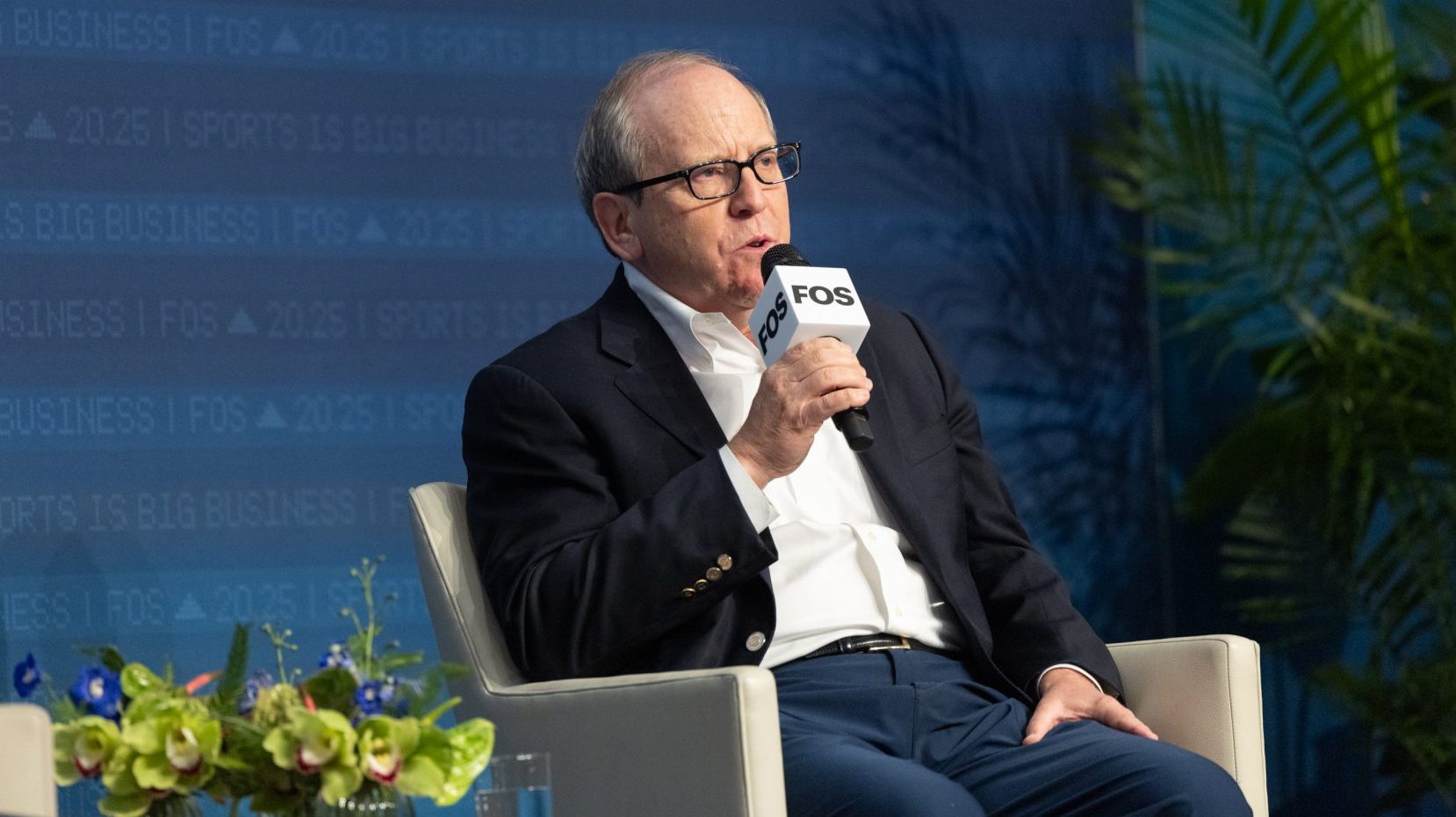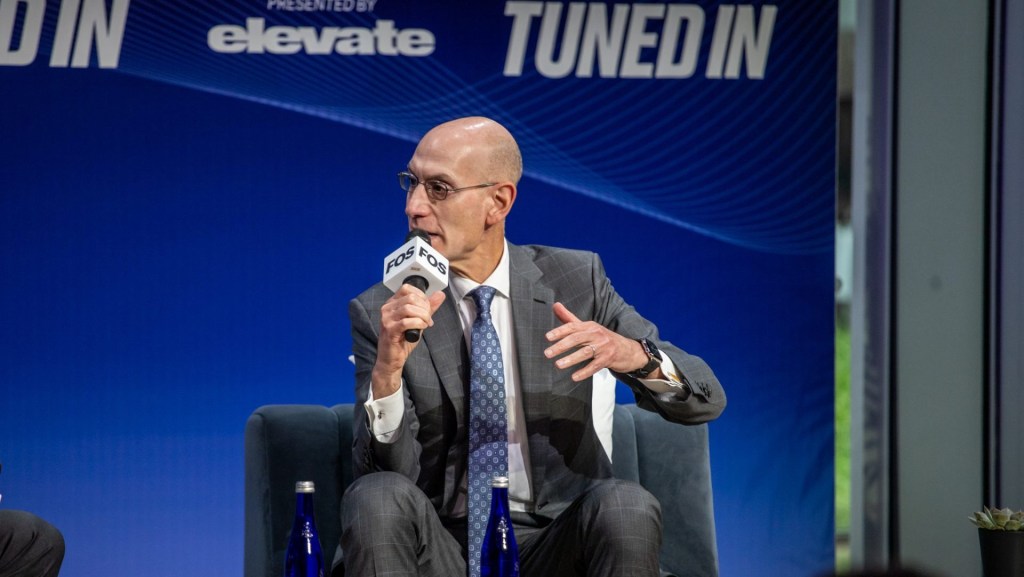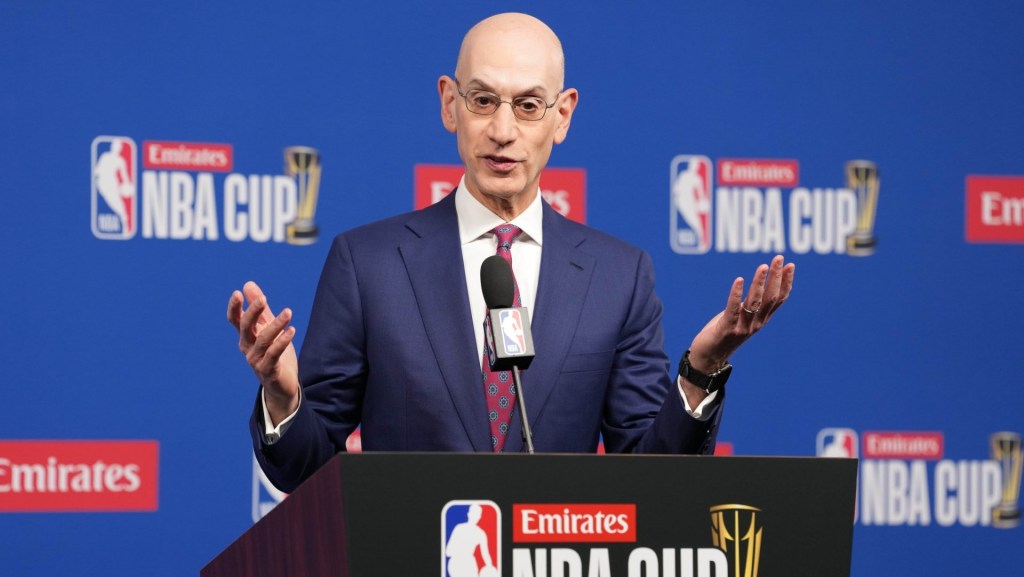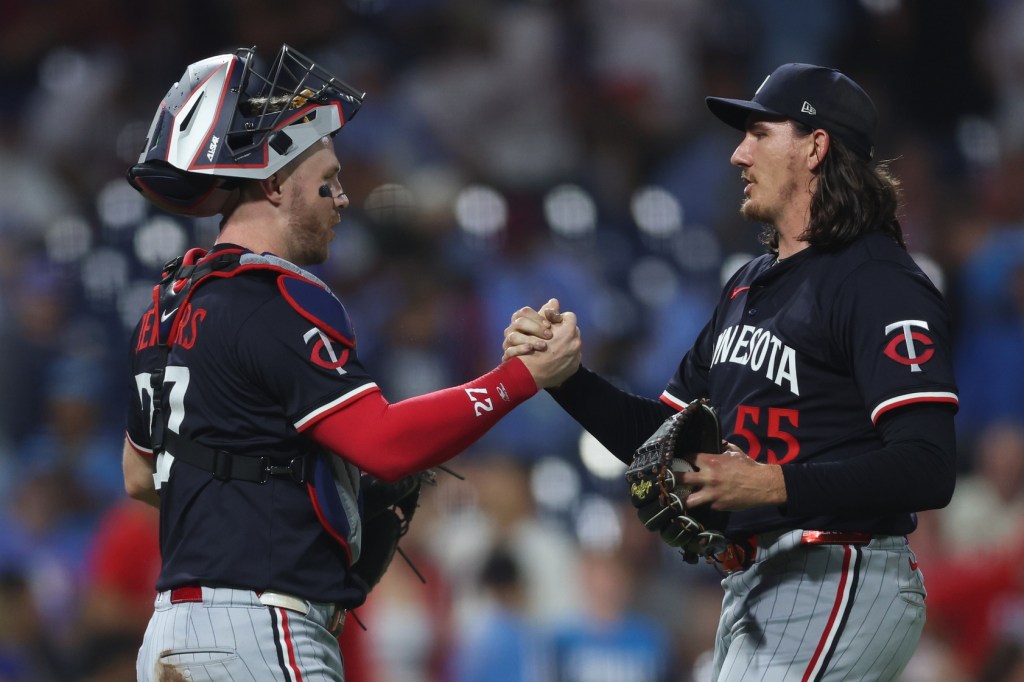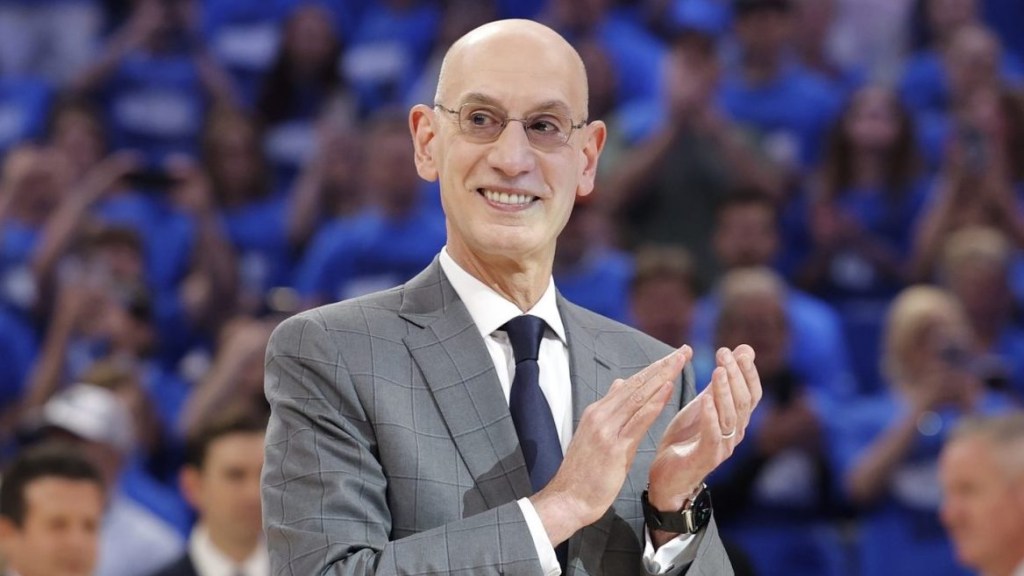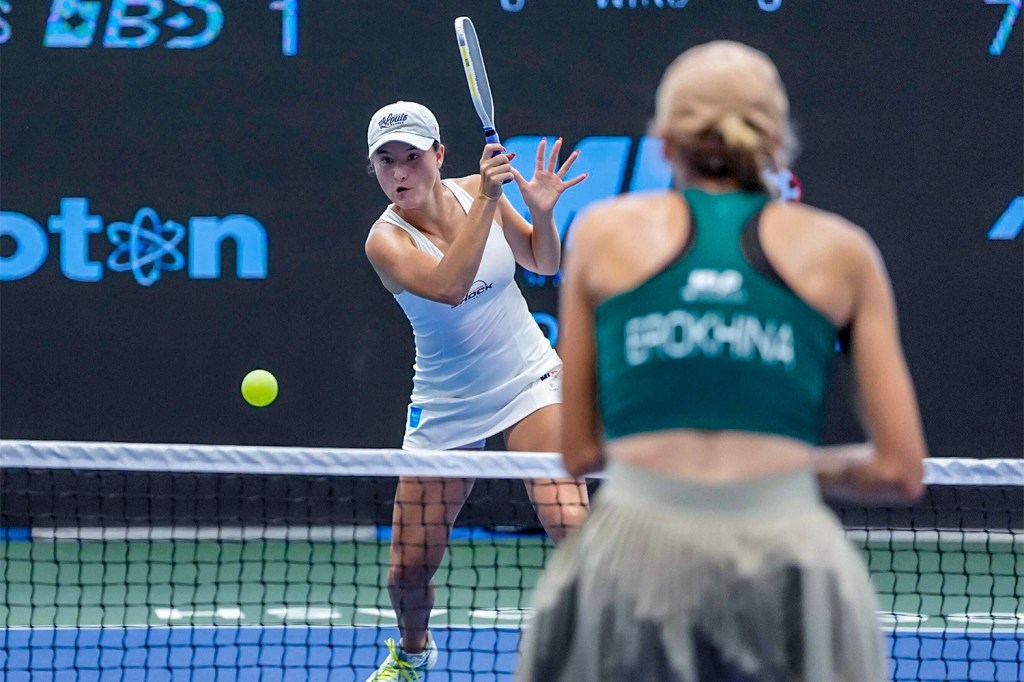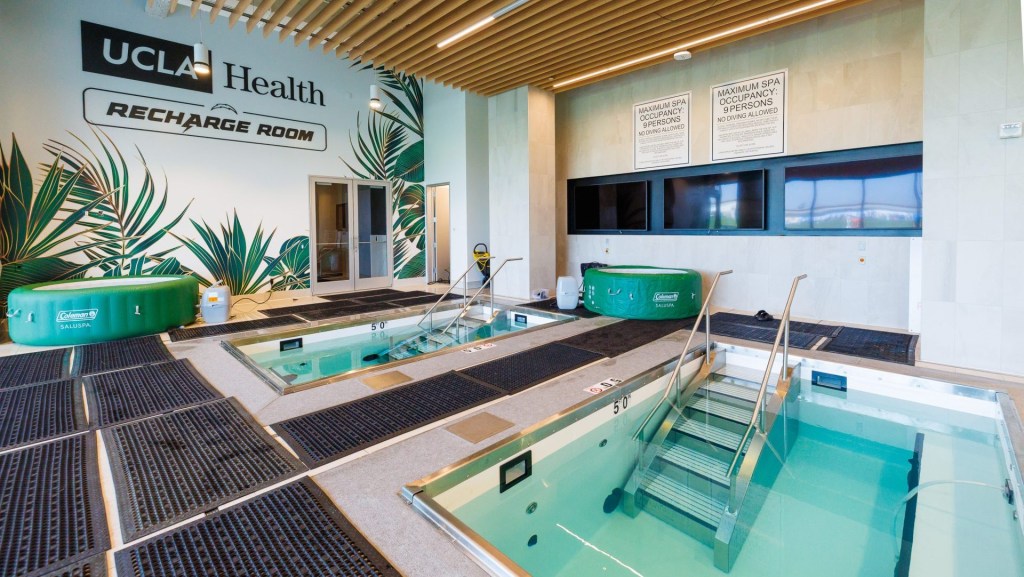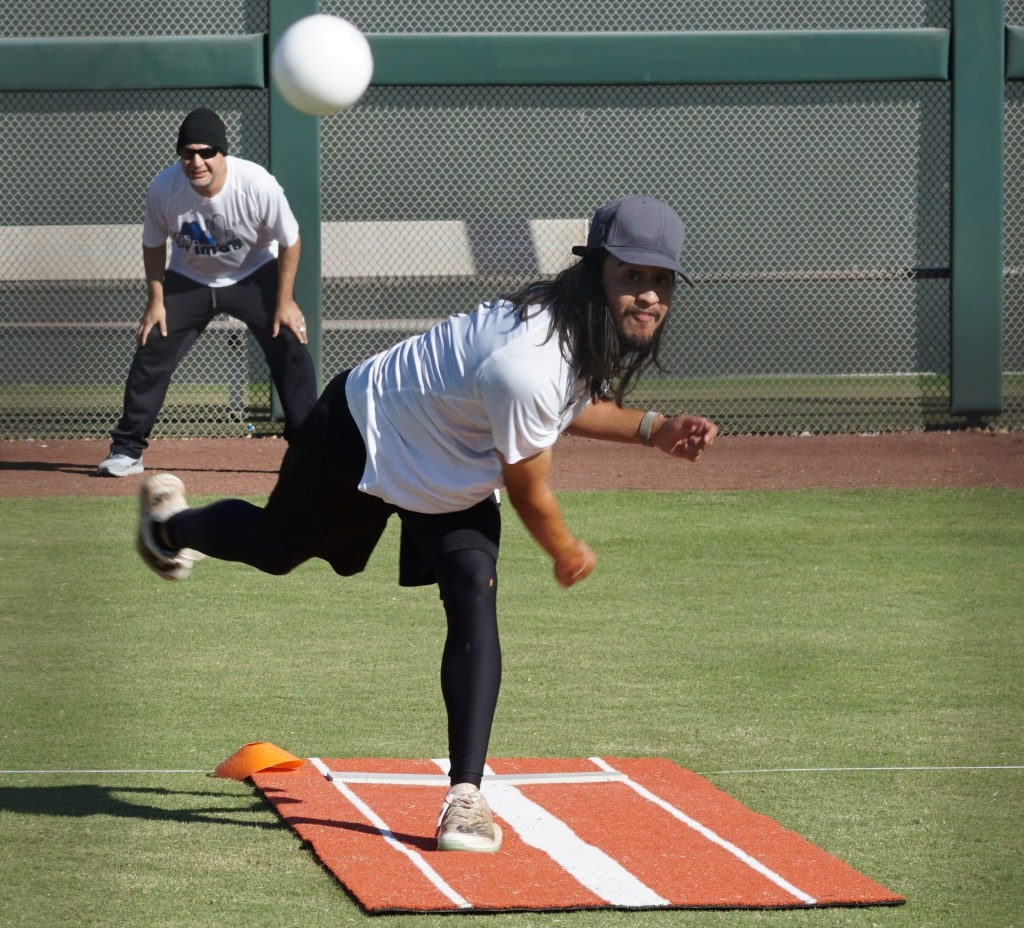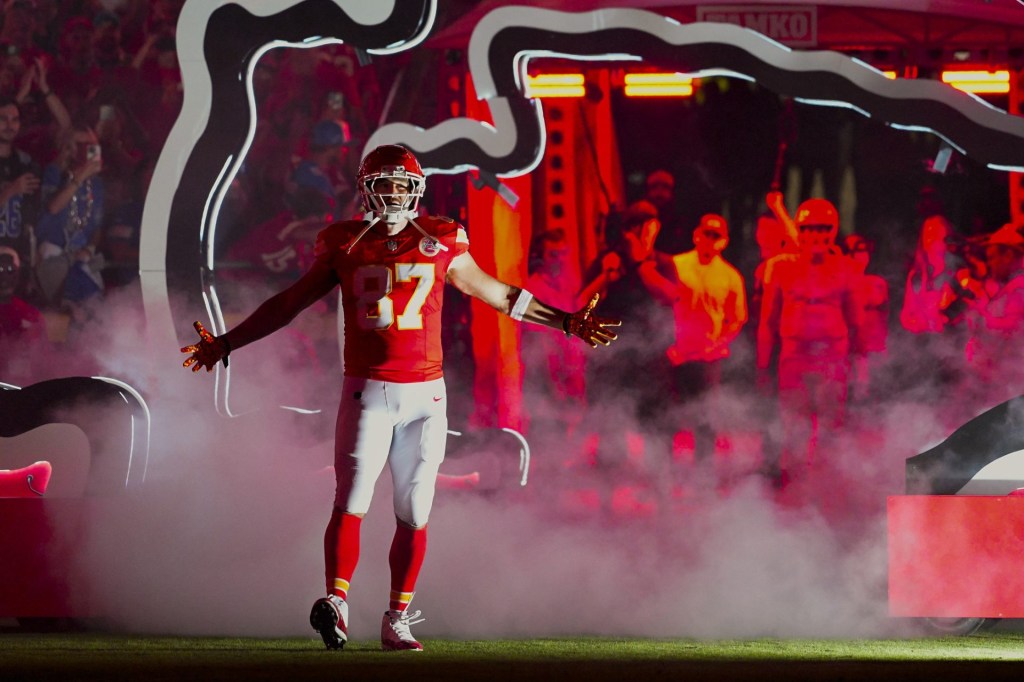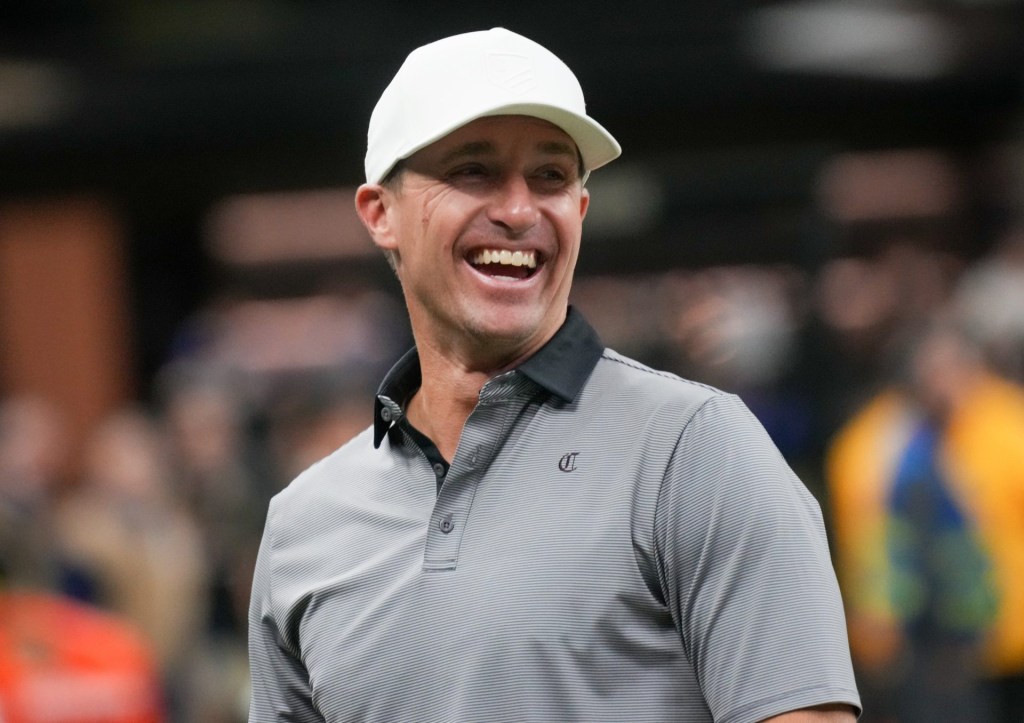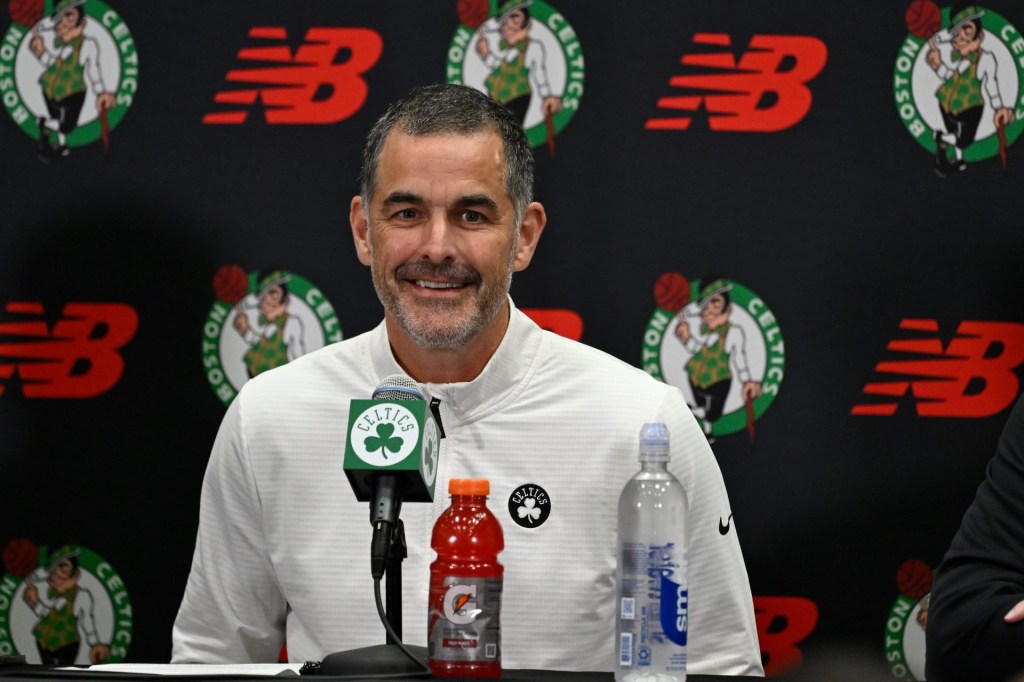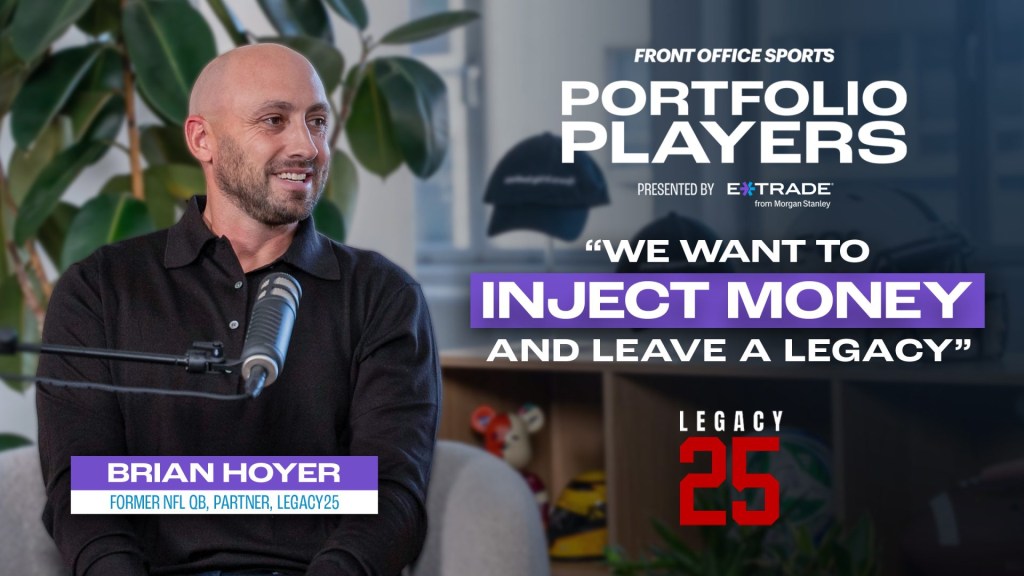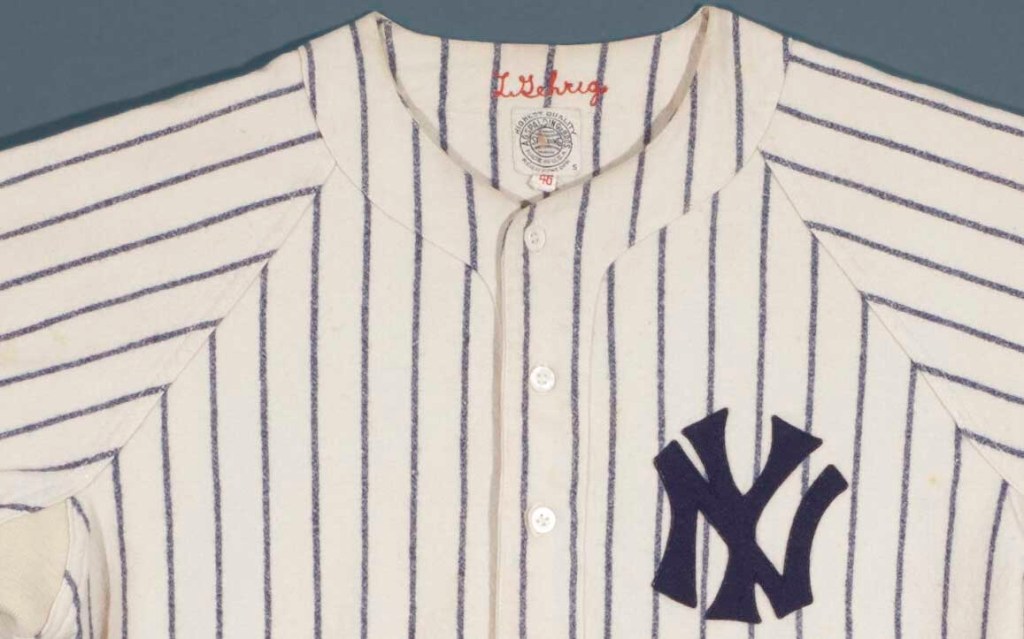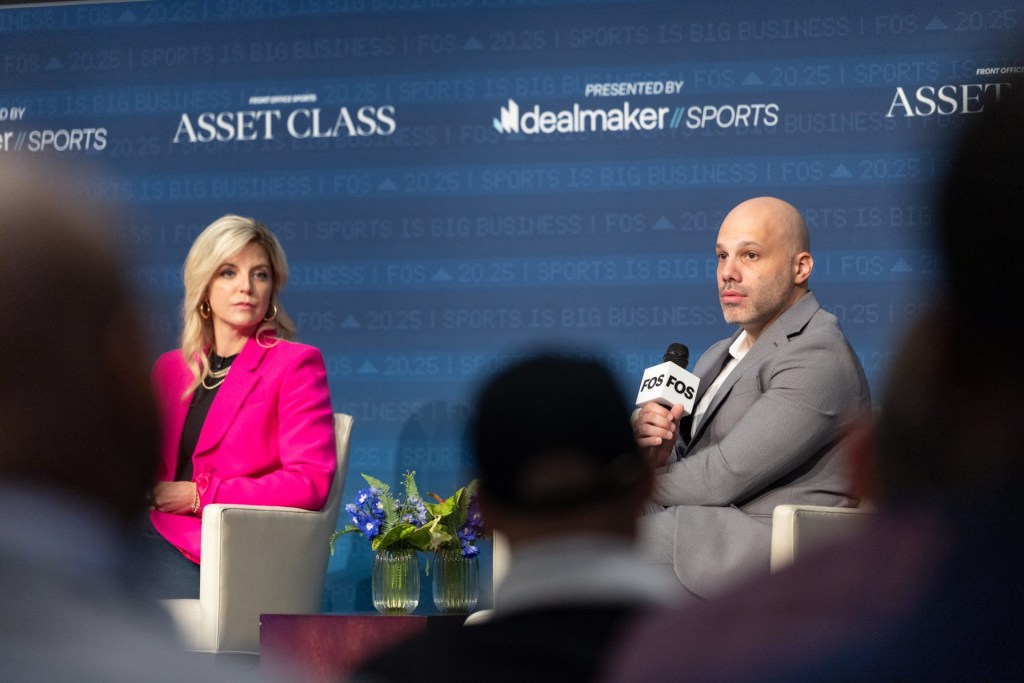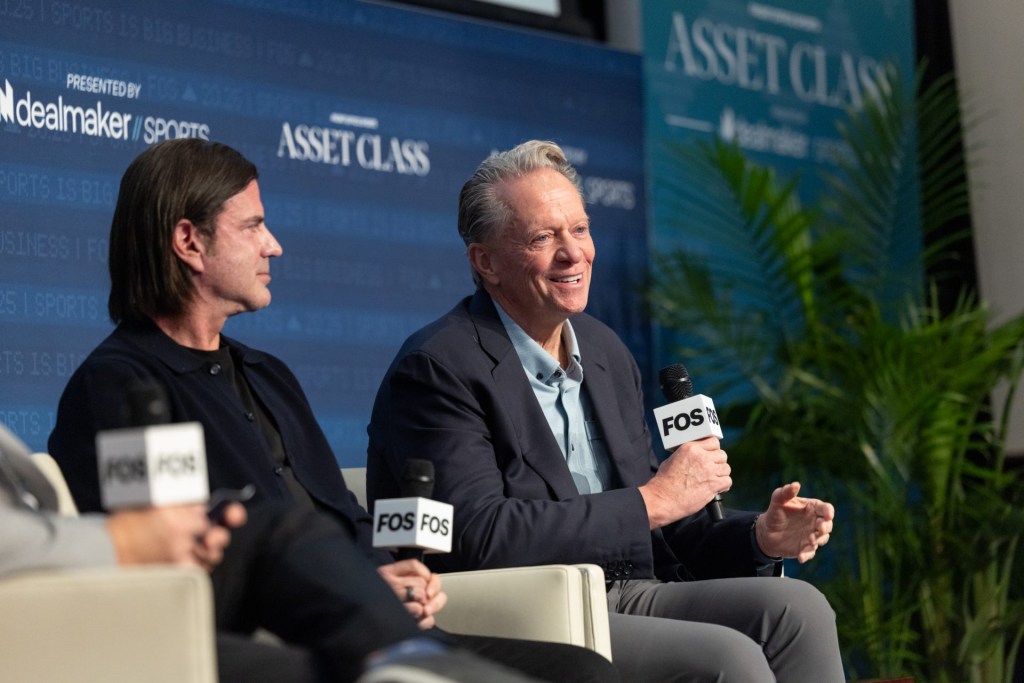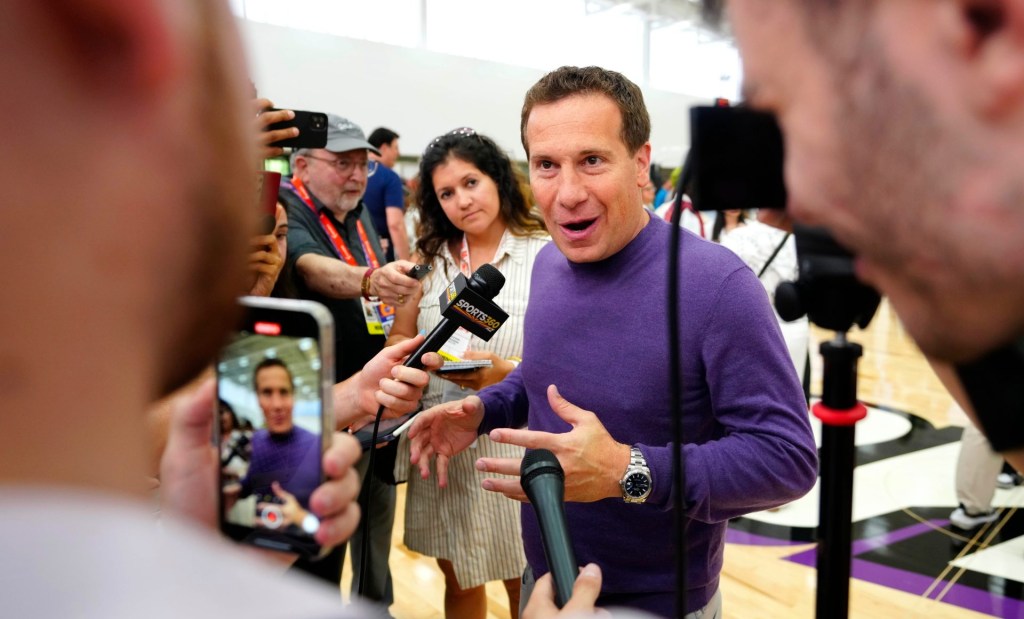The last month of the WNBA has looked more like a reality series.
A new WNBA champion was crowned with the Las Vegas Aces solidifying their dynasty era, but not before commissioner Cathy Engelbert was publicly called out by one of the league’s preeminent stars, Minnesota Lynx forward Napheesa Collier. Less than a week later, Engelbert denied Collier’s characterization of their previously private conversation, specifically that Indiana Fever guard Caitlin Clark should be “grateful” for the opportunities the WNBA provides her.
When Engelbert took the mic at the WNBA Finals to present the Aces with their third trophy in four years, her voice was drowned out by a stadium of nearly 20,000 booing. Now, owners from other leagues are weighing in on the state of negotiations between the WNBA and the players’ union.
“If you think about sports, it works when the employees and stockholders are aligned,” Islanders co-owner Jon Ledecky said during the Front Office Sports Asset Class summit Thursday. “The fans are our stockholders, and the players are in essence the employees. What you’re seeing now in the WNBA spilling into the public view is no bueno. It’s not a good idea.”
The WNBA and the Women’s National Basketball Players Association have until Oct. 31 to ratify a new collective bargaining agreement.
If that deadline comes and goes without a new CBA, both parties can agree to an extension, which multiple sources have said will likely be necessary, similar to the 2019 negotiations in which a 60-day extension was needed to come to an agreement. A new CBA was reached just before the start of free agency in 2020.
To Ledecky’s point, the contrast between the WNBA situation and what’s happening now in the NHL, where he operates, could hardly be more stark. (Several owners have teams in both the WNBA and NHL: Ted Leonsis owns Washington’s Mystics and Capitals, Larry Tanenbaum is the governor for Toronto’s Maple Leafs and Tempo, and the Canadiens’ owners are in the Tempo ownership group.)
The NHL and NHL Players’ Association this past summer reached a four-year extension to their collective bargaining agreement, ensuring labor peace until at least September 2030. The deal arrived with no public rancor of any kind, and had been telegraphed nearly a year in advance, as league commissioner Gary Bettman said in October 2024 that the relationship with the union was “in a good place.”
The current labor deal in hockey is a fundamental part of a period of historic strength for the sport, one that also includes fast-rising revenues, a salary cap growing in commensurate fashion, impactful new contracts for several major stars, and rising interest in expansion that will include a $2 billion entry fee more than triple the level from just four years ago.
Getting to the current point in hockey, however, involved many tough periods in the 1990s and early 2000s. The NHL lost nearly half of the 1994–95 season due to a management lockout, and then the entire 2004–05 season was wiped out due to a lockout. Labor issues then resurfaced in 2012–13, again canceling half of the season. (Ledecky bought a minority stake in the Islanders in 2014, after the last lockout, but he was a minority owner of the Capitals for years before that.)
In each of those episodes, the introduction and implementation of a salary cap was a fundamental issue and created widespread discord. Ultimately, though, the two sides have landed on a structure that has helped produce the current success.
Ledecky said those periods produced some hard lessons that have now been well learned by the league and union.
“If you make a deal that shares revenue, as we do in the NHL, 50-50, with a hard cap, you have labor peace. You have a sense of growing the brand and the game together, and your players become your partners,” he said. “That’s incredibly important for the health of the league.”
In the NBA, similar to the NHL, revenue is at about a 50-50 split between players and owners. But the WNBA has a convoluted ownership model that makes sharing revenue more complicated.
The WNBA stakeholders are divided into three buckets: 42% of the league is owned by the 30 NBA owners, another 42% is owned by the WNBA owners, and the remaining 16% belongs to an investor group that was part of a capital raise conducted by the league in 2022. (Some NBA owners are in two or three of those buckets.) This ownership structure has created questions about who will be responsible for sharing revenue with the players.
According to multiple sources, the WNBA’s most recent proposal includes a supermax salary around $850,000 and a veteran minimum around $300,000. These numbers are up significantly from the current max, which is $249,244, and minimum of $78,831.
However, players feel the record-breaking capital that has flooded the league in recent years—including a media-rights deal that will bring in more than $200 million annually—needs to be better reflected in their salary structure.
